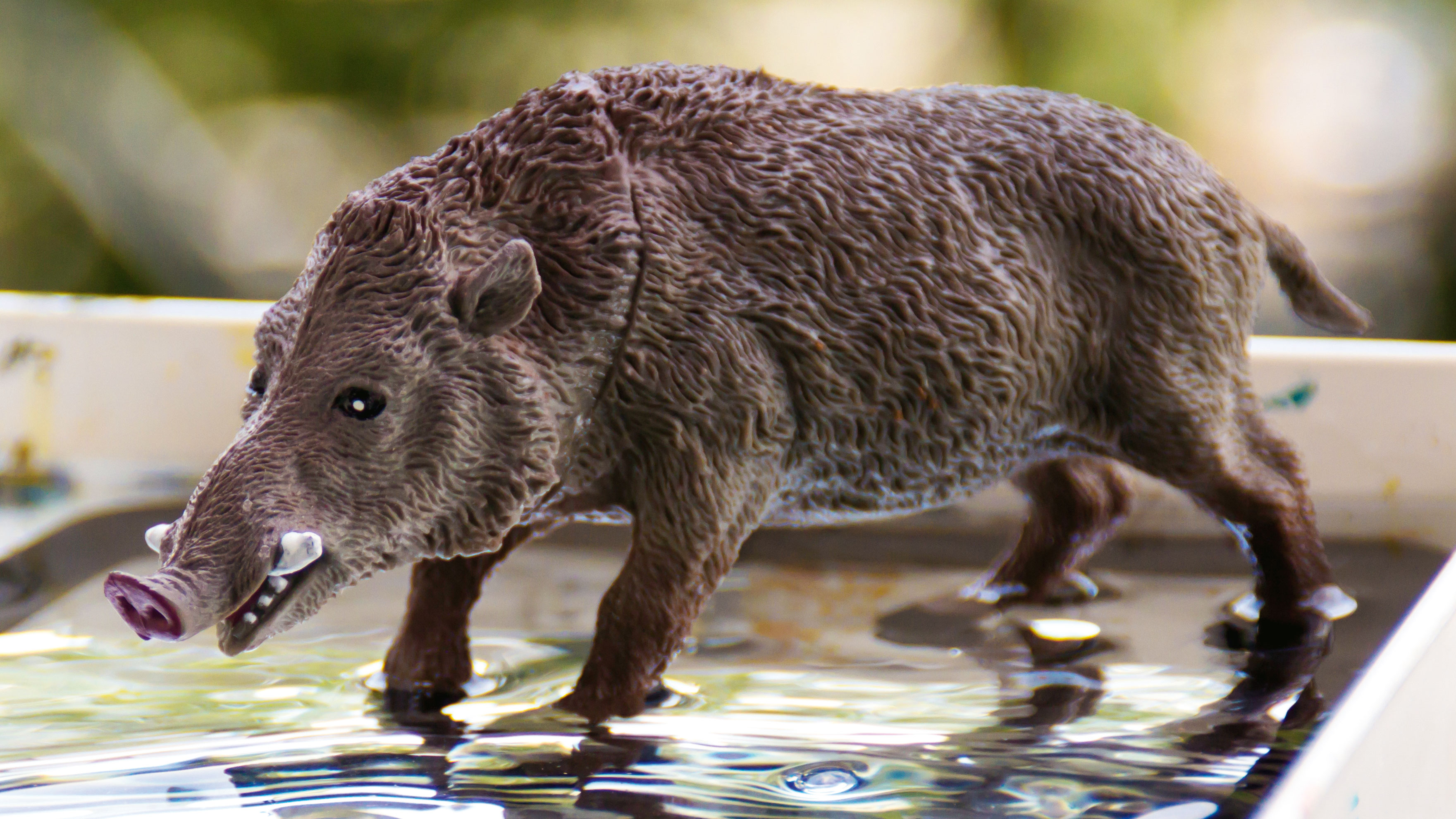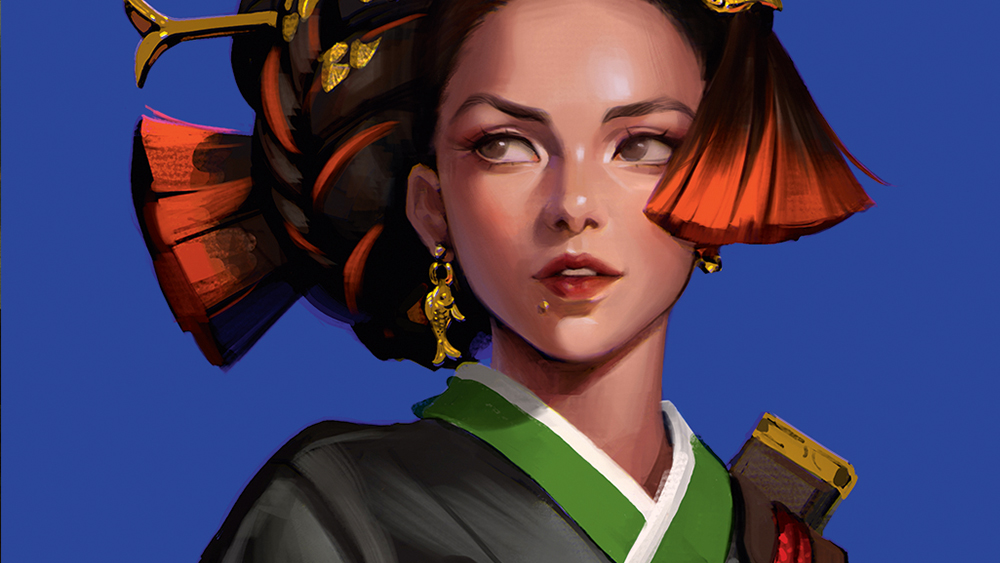How to paint water in oils
Discover the best way to paint water in oils, including how to master reflections.
Learning how to paint water in oils is pretty complex, so we've created this guide to show you how it's done. It's a tricky feat because of the ripping effect, which means you'll be trying to paint a disrupted reflection – not easy at all. Luckily, we've got pro artist Aaron Miller to show you exactly how to do it successfully.
- Mirror
- Palette
- Oil Paints
- Paintbrushes
- Canvas
A rippling effect can be hard to imagine, so Miller suggests making your own reference before you start (we'll run through that in a moment). But before you start, you'll need all the right materials. Get the best oil paints at the ready and the best oil paint canvas, too, then check the deals we've found for you below. Scroll past for the tutorial if you've got everything you need.
How to paint water in oils
01. Make some reference

I use a mirror, my palette and a toy and I stir the water to get the ripples and then take a photograph to work from. You can also leave your reference next to you if you can, in order to experiment with different water effects.
Once your reference is made and you've got all the oil paint supplies you need, you're ready to go...
02. Start with the dark colours
I start with the darks of the water as my base. When you're working in oils, you usually work from dark to light anyway, so this is a natural approach. You can work thin and with your more transparent hues. Your transparent colours will be Indian Yellow, Oxides (red, orange, yellow, and brown are a few I use), Viridian, Alizarin Crimson, Phthalo Blue and Ultramarine, to name a few.
A reflection will tend to be darker than the object being reflected. The shadows from objects will similarly have some reflection but will usually make what’s below the water visible, and the values are usually darker as well. You can have fun with this stage and get all those dark and saturated colours mixed around. Let this dry (if you’re working en plein air, you should work thin).
03. Add the light colours

When you start on the lighter colour, the reflection of the sky, it’s best to premix the gradient. It makes the decision about which colours to pick easier! In areas where there is contrasting detail, choose one to focus on and consider painting back into the sky reflection with the shadow colours. To create the ripples in the painting, it’s much easier to paint the gradient of the reflected sky over most of the area and paint the darks back in again.
Read more:
- Oil painting techniques: All you need to know
- Oil painting for beginners: Get started with these tips
- The best paintbrushes for oils: Make perfect strokes
Daily design news, reviews, how-tos and more, as picked by the editors.
- Georgia CogganEditor
